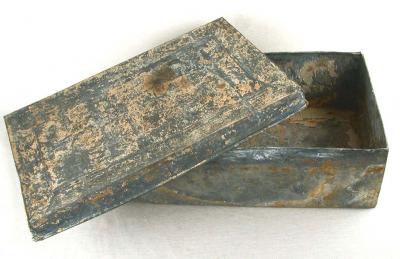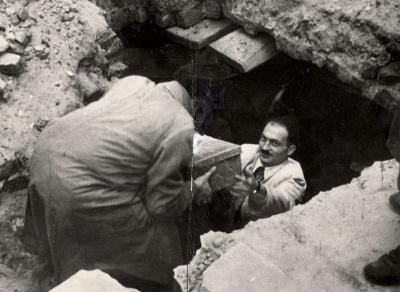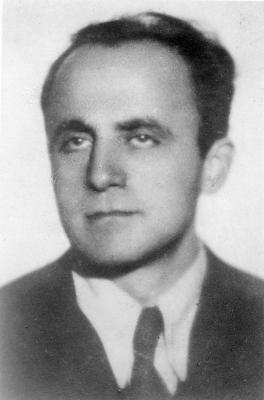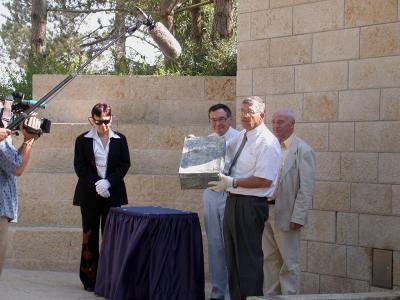With the onset of the German occupation, Dr. Emmanuel Ringelblum, a historian and public figure, realized that the Jews were being faced with an unprecedented reality and he immediately began to record events and gather documentary material. The initiator of this documentation project, Dr. Ringelblum undertook to create an ongoing chronicle, in which he wrote about different topics pertaining to Jewish life under Nazi occupation in Poland, principally in Warsaw. The material that made up this underground archive was hidden by Dr. Ringelblum and his colleagues in metal containers and milk cans that were then buried in various places throughout the Warsaw Ghetto. After the war much, though not all, of the archive was found and retrieved from the ground.
The archive - codenamed “Oneg Shabbat” - which was overseen by Dr. Ringelblum, contained hundreds of documents, testimonies and wills that immortalize the Warsaw Ghetto, recording life there up to and including its final months. He was joined in his mission by other individuals in the ghetto, who sought to collect any relevant documentation that they could lay their hands on: underground newspapers put out by representatives of the various political parties and youth movements in the ghetto, protocols of meetings, testimonies of refugees who arrived from other ghettos or had escaped from labor and concentration camps. The archivists also encouraged the writing of articles on different aspects of ghetto life, and the “Oneg Shabbat” archive thus became a research institute as well as a documentation repository.
In August 1942, at the height of the deportations from the Warsaw Ghetto, the first section of the archive was interred in the ground, and the second section was buried in February 1943. The two parts of the archive were hidden inside ten metal containers and two milk cans. A third section was hidden in April 1943. Most of the archive staff was murdered, including Dr. Ringelblum and his family.
The two parts hidden earlier were found in 1946 and 1950, but the third section was never found, despite renewed attempts carried out towards the end of the 20th century.
Dr. Ringelblum’s documentary materials are considered to be the most comprehensive attempt of a lone man to record the events that were unfolding and to grapple with their implications. The “Oneg Shabbat” archive that he established is the most important source for the history of the Jews of Poland during the Holocaust.
This metal container, one of those in which the “Oneg Shabbat” archive was hidden, was found in 1946. The container was loaned to Yad Vashem by the Jewish Historical Institute of Warsaw in 2003, on the occasion of Yad Vashem’s jubilee year.
Yad Vashem Artifacts Collection
Loaned by Zydowski Instytut Historyczn, Warsaw, Poland










